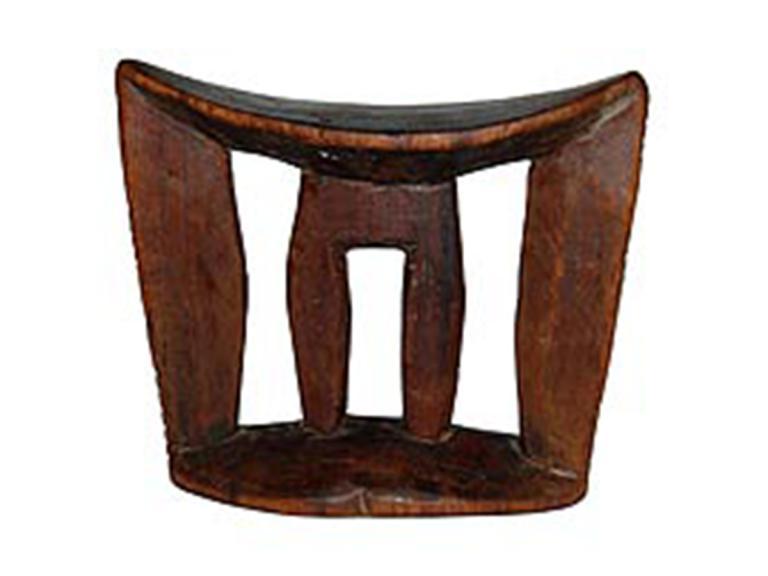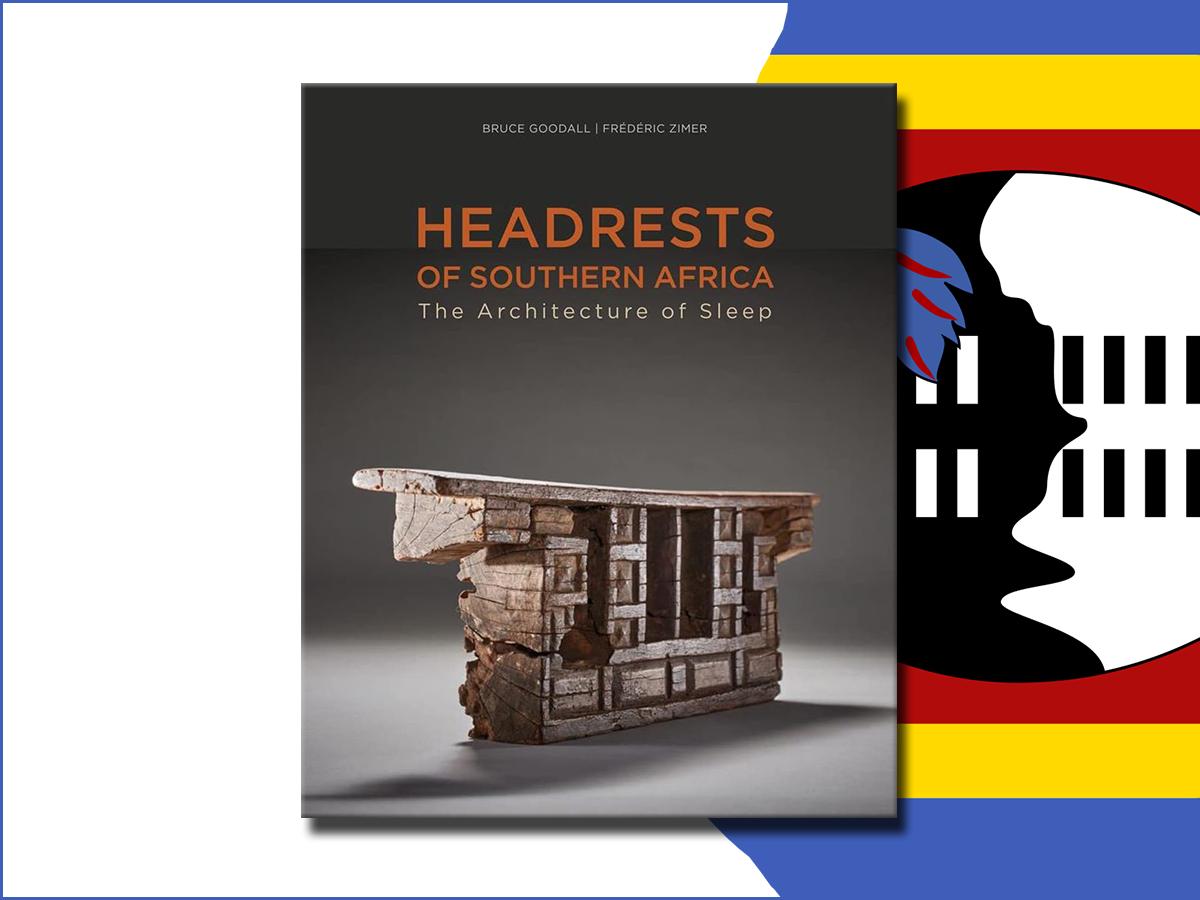Africa-Press – Eswatini. The Kingdom of Eswatini keeps on making it into historical documentation.
This time around, the country has been included in a book titled ‘Headrests of Southern Africa- KwaZulu Natal, Eswatini and Limpopo’ whose hardcover was released mid this year.
The book is authored by historians and researchers namely Bruce Goodall, Frederic Zimer, Mavis Duma, Nessa Liebhammer and Karel Nel.
Headrests are pillows which in Africa, doubled as art and they were considered convenient for a nomadic life.
Describing the content of the book, Amazon says for the first time, African headrests are brought to life with detailed information on their carvers, and the stories of their creation and ownership.
“Headrests from Southern Africa- The architecture of sleep presents the subject of southern African headrests in a fascinating new light. The book, richly illustrated- often with in situ photographs, offers unique historical and personal information collected from many of the original owners and carvers of the headrests.
“So, for the first time African headrests are brought to life with detailed information and the stories of their creation, ownership, use and significance,” describes Amazon.
According to the description of the book, the 438 headrests from the collections of Bruce Goodall from Cape Town and Frédéric Zimer from Paris are presented according to 3 geographical areas which KwaZulu-Natal, Limpopo (where the Ntwane people live) and Eswatini (formerly known as Swaziland).
“Since 2003, Goodall has made numerous field trips collecting, as well as interviewing and photographing the owners and carvers of headrests. In 2017, Goodall’s collection grew substantially with the purchase of a comprehensive collection of headrests from the Msinga area of KwaZulu-Natal.

“This collection had been assembled and meticulously documented by the late Anglican priest Clive Newman and his friend and assistant, Mavis Duma, between the late 1980s and the mid-2000s. The Zimer collection has been built up since the 1990s through his many travels in Africa, and his acquisitions from collectors and African art dealers around the world.”
The publication not only offers insight into the personal and historical dimensions of this important Southern African tradition through the text written about the headrests and their owners by Bruce Goodall, but includes essays by Newman, Nel and Leibhammer and a text about collecting by Duma. Together these facilitate a penetrating understanding of these valued items as well as a respectful appreciation of the cultures and individuals who made and used them.
When sought for comment, Eswatini National Council of Arts and Culture (ENCAC) Chief Executive Officer (CEO) Stanley Dlamini, speaking as a Heritage Expert, said he was grateful that some of Eswatini history and heritage was being documented.
“However, it is fundamental that we document our own heritage because if we let people do it for us, the information might be distorted,” said Dlamini.
He said the country was challenged to start documenting the Eswatini heritage and historical finding with new valuable information coming up every day- showing that Eswatini is a treasure.
Dlamini also said Eswatini was taking a position in the global heritage space. Worth noting is that Eswatini is also known for being the home to the most ancient mathematical artefact the Lebombo bone and the Ngwenya Mine, which is the oldest in the world.
For More News And Analysis About Eswatini Follow Africa-Press







